
The Enchanting Charm of Gries in Graz
Discover the eclectic charm of Gries in Graz, where history meets modernity, and diverse cultures blend seamlessly in a vibrant neighbourhood.
Welcome to Gries, a neighbourhood in Graz that seamlessly blends historical allure with contemporary vibrancy. Nestled near the Mur River, Gries offers a unique atmosphere that reflects the multicultural essence of Graz itself. As you stroll through its streets, you'll encounter a delightful mix of old-world architecture and modern developments, creating a perfect backdrop for leisurely exploration. Gries is renowned for its diverse culinary scene, with a plethora of restaurants and cafes serving everything from traditional Austrian dishes to international cuisine. The area is also home to several local markets where you can experience the everyday life of the residents and perhaps pick up some fresh produce or unique souvenirs. The Griesplatz is a central hub, often buzzing with activity and providing a great starting point for your adventure. Art and culture enthusiasts will find plenty to admire in Gries, with various galleries and cultural institutions dotting the neighbourhood. Don't miss the chance to visit the Kunsthaus Graz, an architectural marvel that hosts contemporary art exhibitions. The neighbourhood's proximity to the Murinsel, a floating island and modern architectural gem, makes it an easy addition to your itinerary. Whether you're here for a day or a week, Gries promises a rich and memorable experience.
Local tips in Gries
- Visit Griesplatz early in the morning to experience the local market and enjoy a traditional Austrian breakfast.
- Bring comfortable walking shoes as the best way to explore Gries is on foot.
- Check the schedule of the Kunsthaus Graz for any special exhibitions during your visit.
- Don't miss a stroll by the Mur River, especially around sunset for picturesque views.
- Try the local eateries serving a mix of Austrian and international cuisines for a diverse culinary experience.
The Enchanting Charm of Gries in Graz
Welcome to Gries, a neighbourhood in Graz that seamlessly blends historical allure with contemporary vibrancy. Nestled near the Mur River, Gries offers a unique atmosphere that reflects the multicultural essence of Graz itself. As you stroll through its streets, you'll encounter a delightful mix of old-world architecture and modern developments, creating a perfect backdrop for leisurely exploration. Gries is renowned for its diverse culinary scene, with a plethora of restaurants and cafes serving everything from traditional Austrian dishes to international cuisine. The area is also home to several local markets where you can experience the everyday life of the residents and perhaps pick up some fresh produce or unique souvenirs. The Griesplatz is a central hub, often buzzing with activity and providing a great starting point for your adventure. Art and culture enthusiasts will find plenty to admire in Gries, with various galleries and cultural institutions dotting the neighbourhood. Don't miss the chance to visit the Kunsthaus Graz, an architectural marvel that hosts contemporary art exhibitions. The neighbourhood's proximity to the Murinsel, a floating island and modern architectural gem, makes it an easy addition to your itinerary. Whether you're here for a day or a week, Gries promises a rich and memorable experience.
Iconic landmarks you can’t miss
Hauptplatz der Stadt Graz
Discover the vibrant life and rich history of Hauptplatz der Stadt Graz, the cultural heart of Austria's second-largest city.
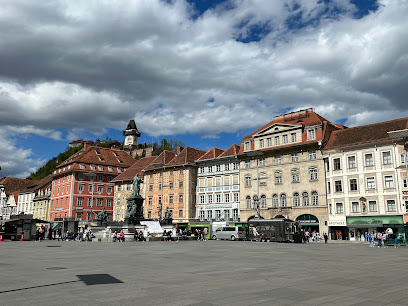
Uhrturm
Explore Graz's Uhrturm, a historic clock tower offering panoramic views and a glimpse into the city's rich cultural heritage.
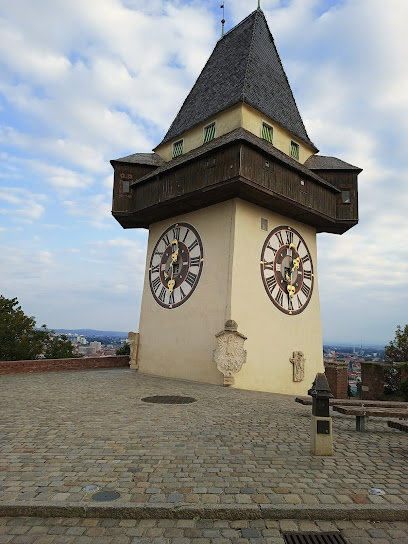
Kunsthaus Graz
Explore the innovative world of contemporary art at Kunsthaus Graz, a striking architectural gem on the banks of the Mur River.

Landeszeughaus
Visit Landeszeughaus in Graz for a captivating journey through Austria's military history with extensive collections of arms, armor, and artifacts.
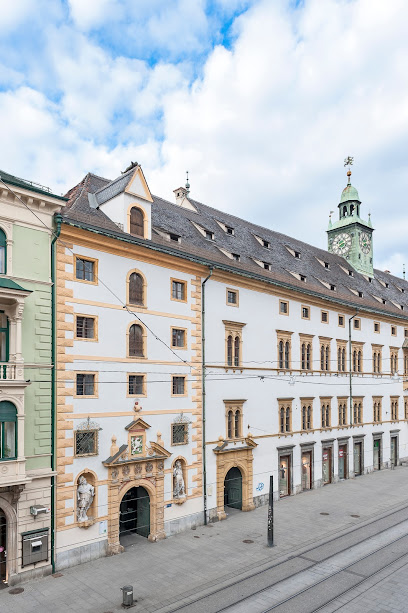
Old Town of Graz
Explore Graz's Old Town, a UNESCO World Heritage site, where history meets vibrant culture in stunning medieval architecture.
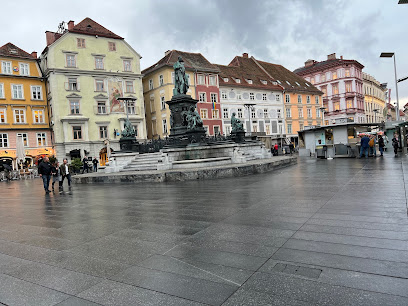
Grazer Burg
Explore Grazer Burg, a medieval fortress in Graz, rich in history and architecture, offering an unforgettable experience for every traveler.
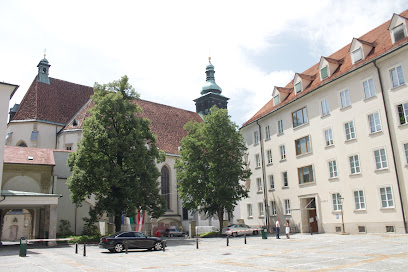
Grazer Landhaus
Explore the architectural beauty and rich history of Grazer Landhaus, a must-see historical landmark in the heart of Graz, Austria.
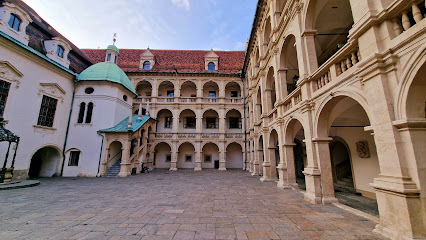
Freiheitsplatz Graz
Explore Freiheitsplatz Graz, a historic landmark where culture, stunning architecture, and local charm converge in the heart of Austria.
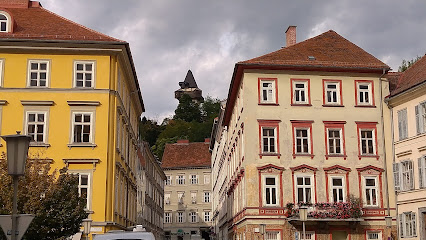
Pestsäule Griesplatz Graz
Explore Graz's Pestsäule at Griesplatz, a stunning baroque monument symbolizing resilience and faith in the heart of Austria.
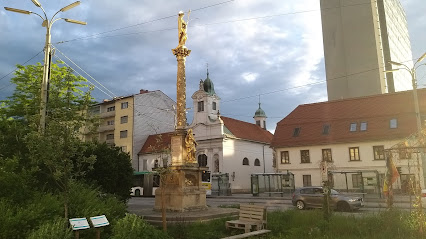
Bildstock
Experience the serene beauty of Bildstock, a cherished shrine in Graz, Austria, perfect for reflection and cultural exploration.

Essential places to dine
Der Steirer
Experience authentic Austrian flavors at Der Steirer in Graz - where traditional meets contemporary dining.
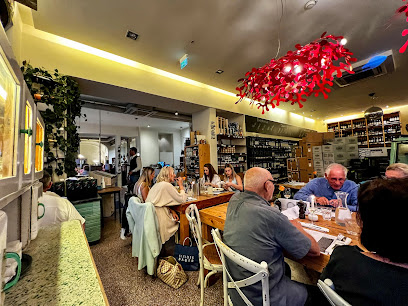
Vina
Discover the vibrant flavors of authentic Vietnamese cuisine at Vina Restaurant in Graz - where every dish tells a story.
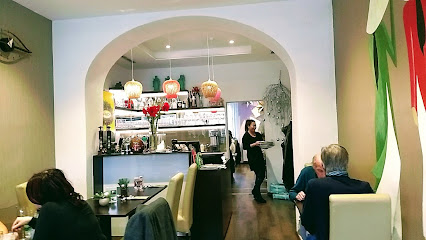
Gasthaus zur Alten Press
Experience authentic Austrian cuisine at Gasthaus zur Alten Press, where tradition meets taste in the heart of Graz.

Mohrenwirt Graz
Discover traditional Austrian flavors in an inviting setting at Mohrenwirt Graz – where every meal is a celebration of local cuisine.
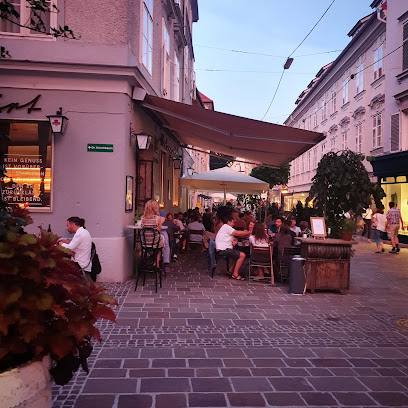
Mangolds
Discover the vibrant flavors of Graz at Mangolds – your destination for delicious vegan cuisine and cozy café vibes.
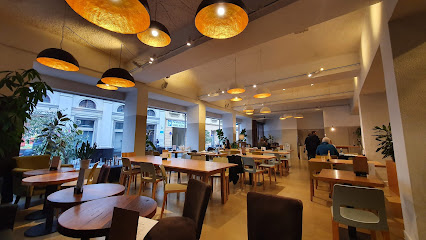
Salon Marie
Experience culinary excellence at Salon Marie in Graz – where local flavors meet modern dining in a vibrant atmosphere.
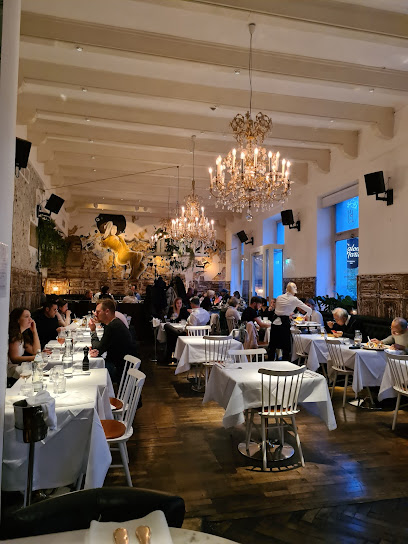
Caylend Restaurant
Experience unique flavors in a cozy setting at Caylend Restaurant in Graz – where culinary innovation meets warm hospitality.
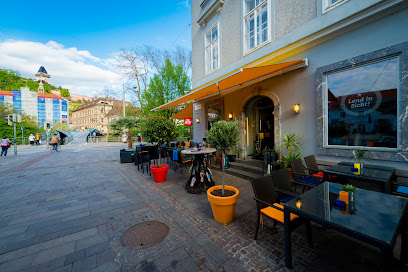
La Tavernetta
Savor authentic Italian flavors at La Tavernetta in Graz - where culinary tradition meets modern charm.
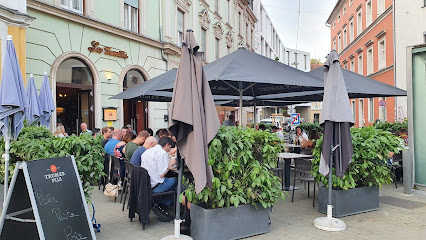
Pierogi
Experience authentic Polish cuisine at Pierogi in Graz, offering traditional dumplings and diverse vegan options in a cozy atmosphere.
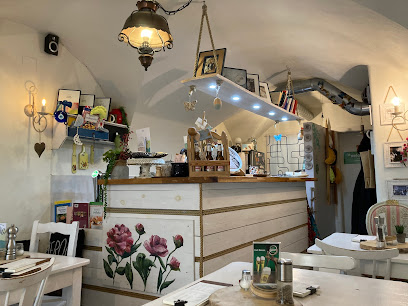
Wirtshaus Bernsteiner
Discover Wirtshaus Bernsteiner in Graz: A charming restaurant serving authentic European cuisine with a warm ambiance.
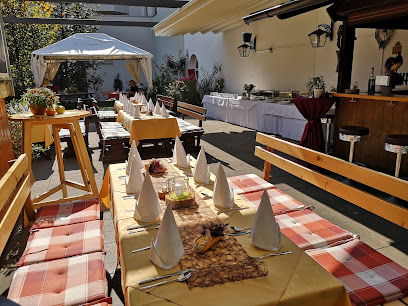
Markets, malls and hidden boutiques
's Fachl - CITYPARK Graz
Explore 's Fachl - CITYPARK Graz, where local craftsmanship comes to life through unique gifts and artisanal treasures that reflect the spirit of Graz.
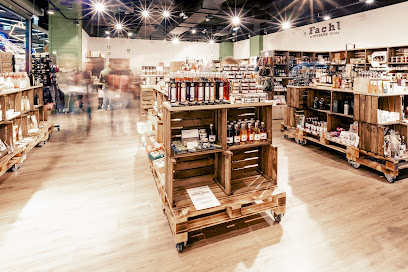
Boutique Folger
Experience unique fashion at Boutique Folger, Graz's charming boutique for stylish clothing and accessories.
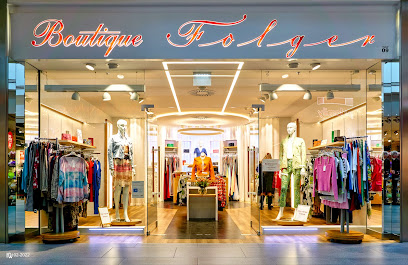
Bohemian Soul Beehive
Explore the enchanting Bohemian Soul Beehive, a unique gift shop in Graz, offering second-hand treasures and handmade crafts that celebrate local culture.
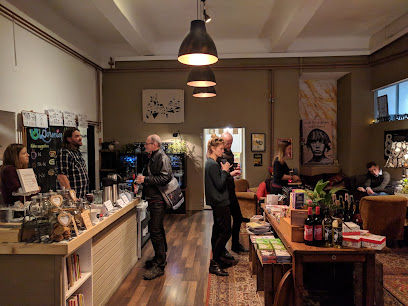
Unique Fashion Store
Discover Graz's Unique Fashion Store, where style meets affordability in a vibrant shopping environment, catering to all ages and tastes.
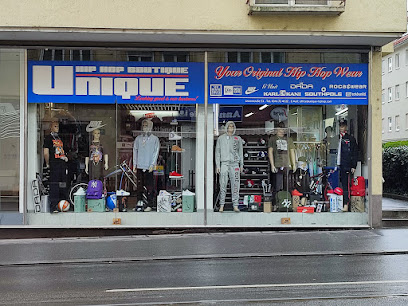
My Graz - souvenirs
Explore My Graz for unique souvenirs and custom t-shirts that embody the charm and spirit of Graz, perfect for any traveler.
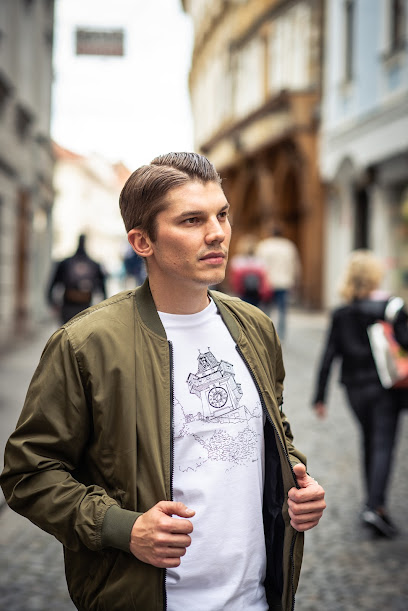
Kauf Dich Glücklich
Discover unique fashion and delightful treats at Kauf Dich Glücklich in Graz, the ultimate shopping destination for tourists seeking local charm.
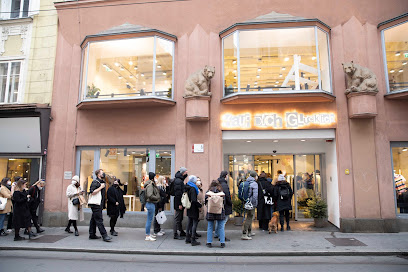
Gabbiani
Discover the elegance of Italian fashion at Gabbiani, a stylish clothing store in Graz offering unique garments for every occasion.
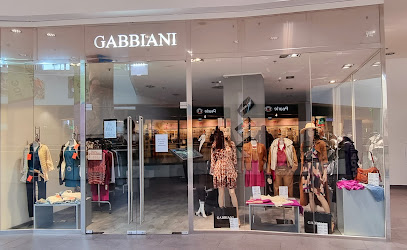
Fritz am Kai - Vintage Store
Explore the eclectic vintage finds at Fritz am Kai, a charming second-hand store in Graz, perfect for fashion lovers and treasure hunters.

Aberine Boutique
Discover unique fashion at Aberine Boutique in Graz, where style meets local culture for an unforgettable shopping experience.
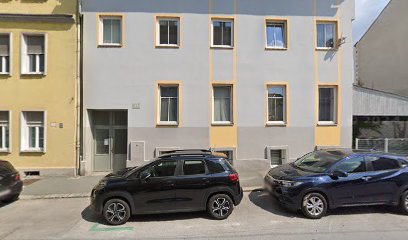
SpezialFachmarkt
Discover authentic local products and unique souvenirs at SpezialFachmarkt, a charming store in Graz that captures the essence of Austrian culture.
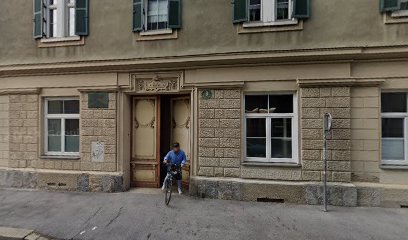
Essential bars & hidden hideouts
Flann O'Brien Original Irish Pub
Discover the heart of Irish culture at Flann O'Brien Original Irish Pub in Graz, where hearty food and a vibrant atmosphere await.

O'Carolan’s Irish Pub
Discover the heart of Irish culture at O'Carolan’s Irish Pub in Graz, where authentic drinks and a lively atmosphere await.
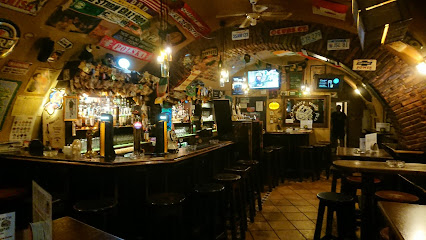
Coco Cocktail Bar
Discover the vibrant atmosphere and innovative cocktails of Coco Cocktail Bar, the perfect spot to unwind in Graz.
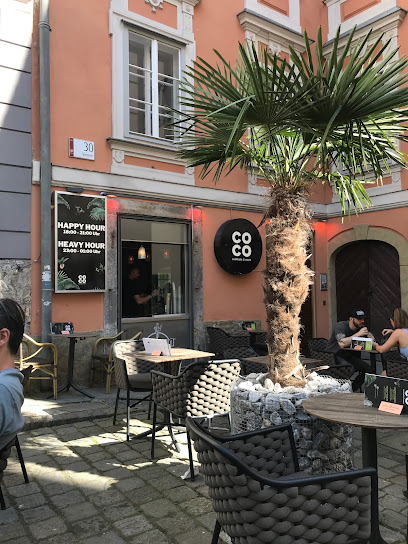
English Pub The Running Horse
Experience the warmth of Irish hospitality at The Running Horse, Graz's favorite pub for hearty meals and lively entertainment.
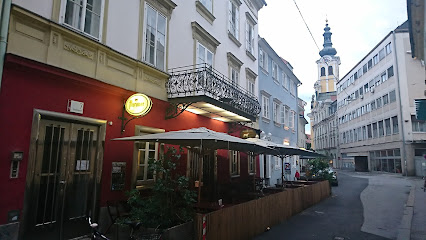
Bar Ernst Fuchs
Experience the vibrant nightlife of Graz at Bar Ernst Fuchs, where eclectic drinks and artistic ambiance come together in perfect harmony.
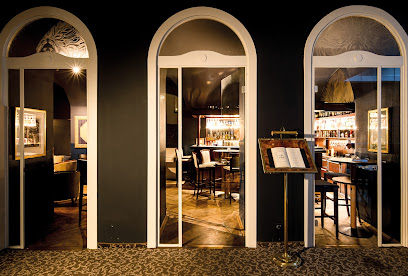
Old English Pub Prince Charles
Discover the warm atmosphere and rich flavors of Old English Pub Prince Charles in Graz, where Irish tradition meets Austrian hospitality.
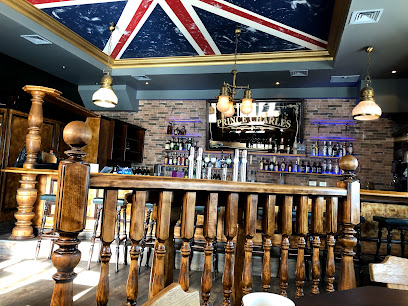
Die Beate
Discover the lively charm of Die Beate, a top bar in Graz, offering an extensive beer selection and a vibrant atmosphere for unforgettable nights.
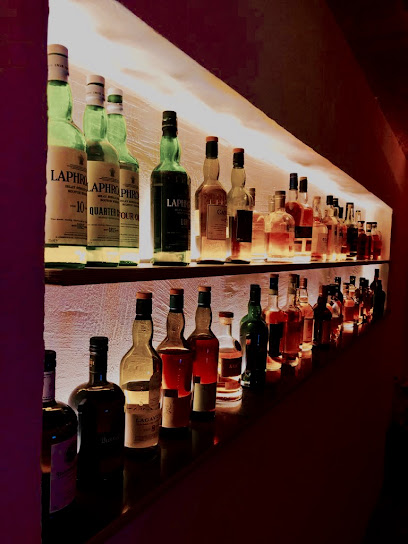
Bar8020
Experience the vibrant nightlife at Bar8020, Graz's trendy bar offering a unique blend of cocktails and ambiance.
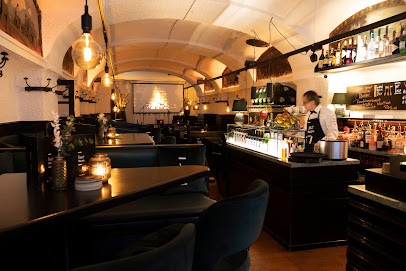
Bar Red-Rose
Experience the vibrant nightlife of Graz at Bar Red-Rose, where cocktails flow and music keeps the energy alive until dawn.
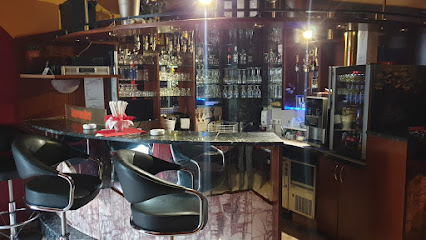
Luna Bar
Discover the vibrant nightlife of Graz at Luna Bar, where great music and delicious drinks create an unforgettable experience.
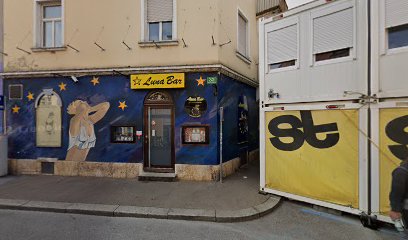
Local Phrases
-
- HelloServus
[SAYR-voos] - GoodbyeAuf Wiedersehen
[owf VEE-dur-zayn] - YesJa
[yah] - NoNein
[nyne] - Please/You're welcomeBitte
[BIT-tuh] - Thank youDanke
[DAHN-kuh] - Excuse me/SorryEntschuldigung
[ent-SHOOL-dee-goong] - How are you?Wie geht es dir?
[vee gayt es deer] - Fine. And you?Gut. Und dir?
[goot oont deer] - Do you speak English?Sprichst du Englisch?
[shpreekhst doo ENG-lish] - I don't understandIch verstehe nicht
[ikh fer-SHTAY-uh nikht]
- HelloServus
-
- I'd like to see the menu, pleaseIch möchte bitte die Speisekarte sehen
[ikh merkh-teh BIT-tuh dee SHPY-zuh-kahr-teh zay-en] - I don't eat meatIch esse kein Fleisch
[ikh ESS-uh kine flysh] - Cheers!Prost!
[prohst] - I would like to pay, pleaseIch möchte bitte zahlen
[ikh merkh-teh BIT-tuh ZAH-len]
- I'd like to see the menu, pleaseIch möchte bitte die Speisekarte sehen
-
- Help!Hilfe!
[HEEL-fuh] - Go away!Geh weg!
[geh vekh] - Call the Police!Ruf die Polizei!
[roof dee po-lee-tsay] - Call a doctor!Ruf einen Arzt!
[roof I-nen ahrts] - I'm lostIch habe mich verirrt
[ikh HAH-buh meekh feh-REERT] - I'm illIch bin krank
[ikh been krahngk]
- Help!Hilfe!
-
- I'd like to buy...Ich möchte kaufen...
[ikh merkh-teh KOW-fen] - I'm just lookingIch schaue nur
[ikh SHOW-eh noor] - How much is it?Wie viel kostet das?
[vee feel KAWS-tet dahs] - That's too expensiveDas ist zu teuer
[dahs ist tsoo TOO-er] - Can you lower the price?Kannst du den Preis senken?
[kah-nst doo den prise ZEN-ken]
- I'd like to buy...Ich möchte kaufen...
-
- What time is it?Wie spät ist es?
[vee shpayt ist es] - It's one o'clockEs ist ein Uhr
[es ist iyn oor] - Half past (10)Halb elf
[halb elf] - MorningMorgen
[morr-gen] - AfternoonNachmittag
[nahk-mitt-ahk] - EveningAbend
[AH-bent] - YesterdayGestern
[geh-stern] - TodayHeute
[HOY-tuh] - TomorrowMorgen
[morr-gen] - 1Eins
[ine-s] - 2Zwei
[tsv-eye] - 3Drei
[dry] - 4Vier
[feer] - 5Fünf
[foonf] - 6Sechs
[zeks] - 7Sieben
[zee-ben] - 8Acht
[ahkt] - 9Neun
[noyn] - 10Zehn
[tsayn]
- What time is it?Wie spät ist es?
-
- Where's a/the...?Wo ist ein/der...?
[voh ist iyn/dehr] - What's the address?Was ist die Adresse?
[vahs ist dee ah-dreh-suh] - Can you show me (on the map)?Kannst du mir zeigen (auf der Karte)?
[kah-nst doo meer tsay-gen (owf dehr KAR-teh)] - When's the next (bus)?Wann kommt der nächste (Bus)?
[vahn kohmt dehr NEKH-stuh (boos)] - A ticket (to ....)Eine Fahrkarte (nach ....)
[I-nuh FAHR-kahr-teh (nahkh)]
- Where's a/the...?Wo ist ein/der...?
History of Gries
-
Gries, located on the right bank of the Mur River, has a history that dates back to the early medieval period. Originally a separate village, Gries was first mentioned in historical records in 1283. Its proximity to Graz allowed it to develop as an important settlement for trade and agriculture, contributing to the growth of the surrounding region.
-
In the 19th century, Gries experienced significant industrial growth due to its favorable location near Graz. The establishment of textile factories and other industries transformed the neighbourhood into an industrial hub. This period marked a demographic shift as workers moved to Gries for employment opportunities, leading to increased urbanization.
-
Gries is home to several notable architectural landmarks, reflecting its rich cultural heritage. The iconic Gries Church, built in the late 19th century, showcases neo-Gothic architecture and serves as a focal point for the local community. Additionally, the area features a mix of historical and modern buildings, which illustrate the blend of past and present in Graz.
-
During World War II, Gries, like many parts of Austria, faced significant challenges. The neighbourhood was affected by the war's devastation, with many buildings damaged or destroyed. Post-war reconstruction efforts sought to restore Gries, leading to a renewed focus on community and cultural revival.
-
Today, Gries is a vibrant neighbourhood that balances its historical roots with contemporary life. The area has seen revitalization in recent years, with new businesses, cultural events, and community initiatives that celebrate both its history and its diverse population. Gries remains an integral part of Graz, contributing to the city's overall character and charm.
Gries Essentials
-
Gries is easily accessible from other neighborhoods in Graz. If you're arriving by train, the main station, Graz Hauptbahnhof, is just a short tram ride away. You can take tram line 1 or 7 to reach the Gries area. Alternatively, local buses like line 30 also connect the central areas to Gries. For those driving, Gries is conveniently located near the A2 motorway, with parking available in various spots around the neighborhood.
-
Gries is well-connected by public transport, including trams and buses. Tram lines 1 and 7 frequently run through the area, making it easy to explore nearby neighborhoods. Bicycles are also a popular mode of transport, with bike lanes available. You can rent bicycles from local shops or use Graz's bike-sharing system. Walking is another great way to experience the neighborhood as many attractions are within a short distance.
-
Gries is generally a safe neighborhood; however, standard precautions should be taken. Avoid poorly lit areas at night and be cautious in crowded spots. While specific areas with high crime rates targeting tourists are not widely reported in Gries, it’s wise to keep an eye on personal belongings, especially in busy public transport or market areas.
-
In case of an emergency, dial the local emergency number 112 for police, fire, or medical assistance. For non-emergency police issues, you can contact local police stations. It’s advisable to have travel insurance that covers medical emergencies. Pharmacies are also available throughout Gries for minor health issues.
-
Fashion: Do dress comfortably but modestly, especially when visiting religious sites. Don't wear overly casual or revealing clothing in public areas. Religion: Do show respect for local customs and traditions, especially in churches. Public Transport: Do give up your seat to elderly passengers. Don't eat or drink on trams or buses. Greetings: Do greet with a handshake; a friendly smile goes a long way. Eating & Drinking: Do try local food and drinks; it's a way to engage with local culture. Don’t engage in loud or disruptive behavior in restaurants or cafés.
-
To experience Gries like a local, visit the weekly farmers’ market at Griesplatz, where you can find fresh produce and local goods. Engage with local shopkeepers and try traditional Styrian dishes at nearby restaurants. If you're interested in arts and culture, check out local galleries and community events for a taste of the vibrant local scene. Lastly, don’t miss the opportunity to stroll along the Mur River, where you can enjoy scenic views and the relaxed atmosphere.
Nearby Cities to Gries
-
Things To Do in Maribor
-
Things To Do in Ptuj
-
Things To Do in Velenje
-
Things To Do in Celje
-
Things To Do in Szombathely
-
Things To Do in Rogaška Slatina
-
Things To Do in Klagenfurt
-
Things To Do in Zalaegerszeg
-
Things To Do in Sopron
-
Things To Do in Kamnik
-
Things To Do in Eisenstadt
-
Things To Do in Bled
-
Things To Do in Škofja Loka
-
Things To Do in Ljubljana
-
Things To Do in Kranjska Gora









